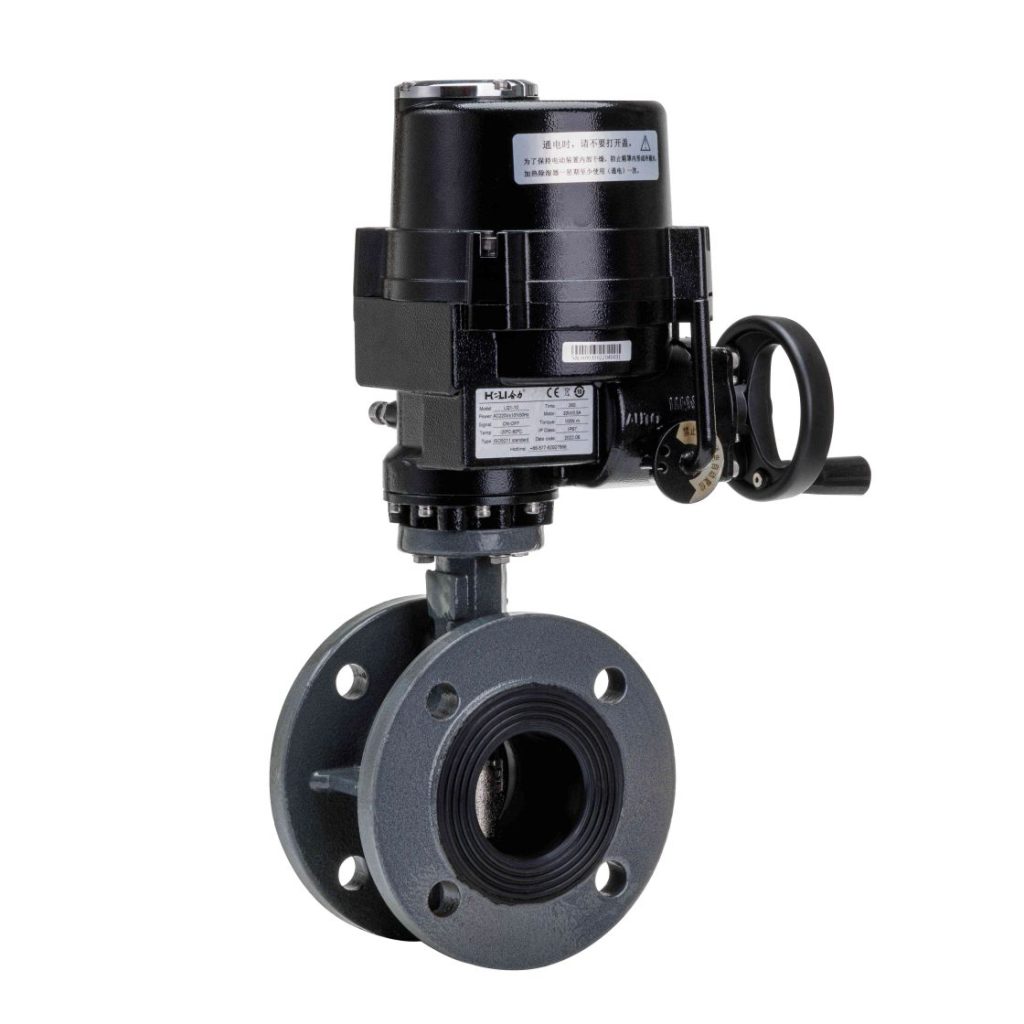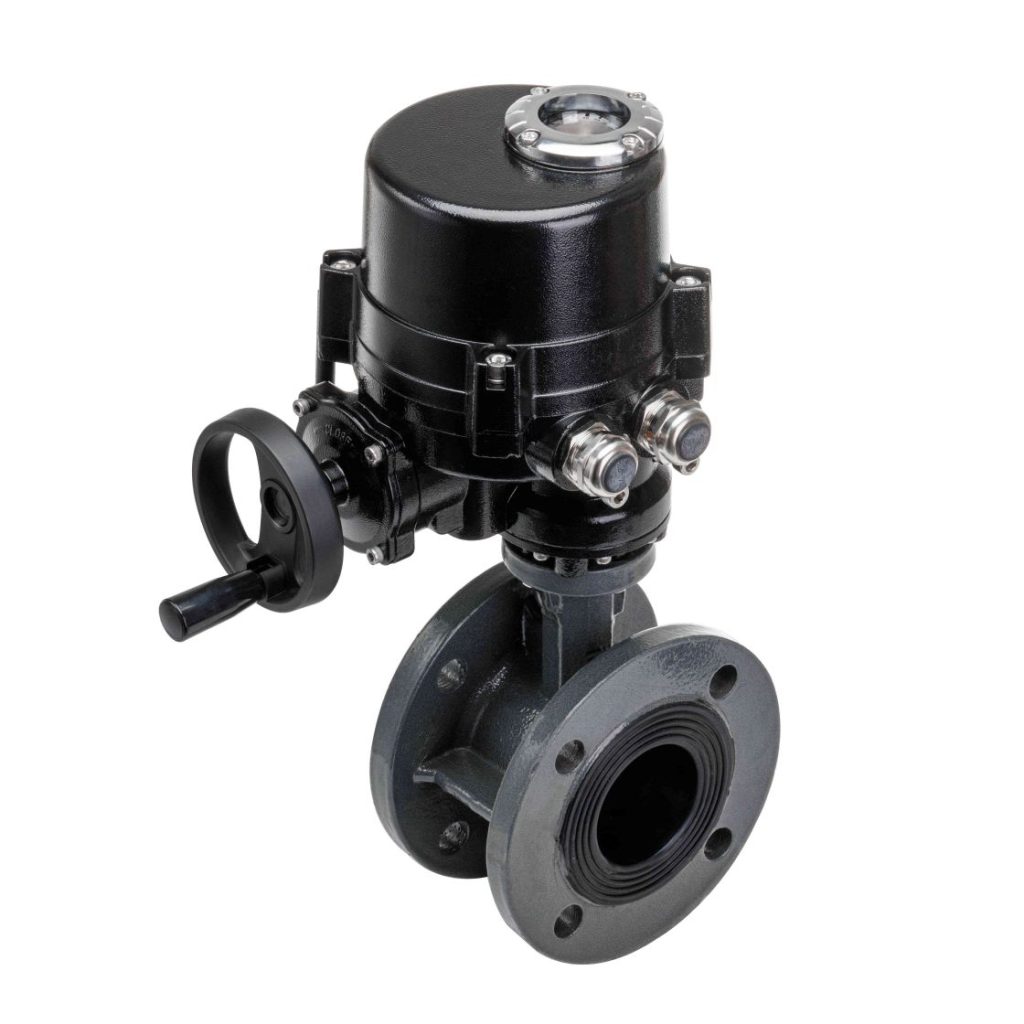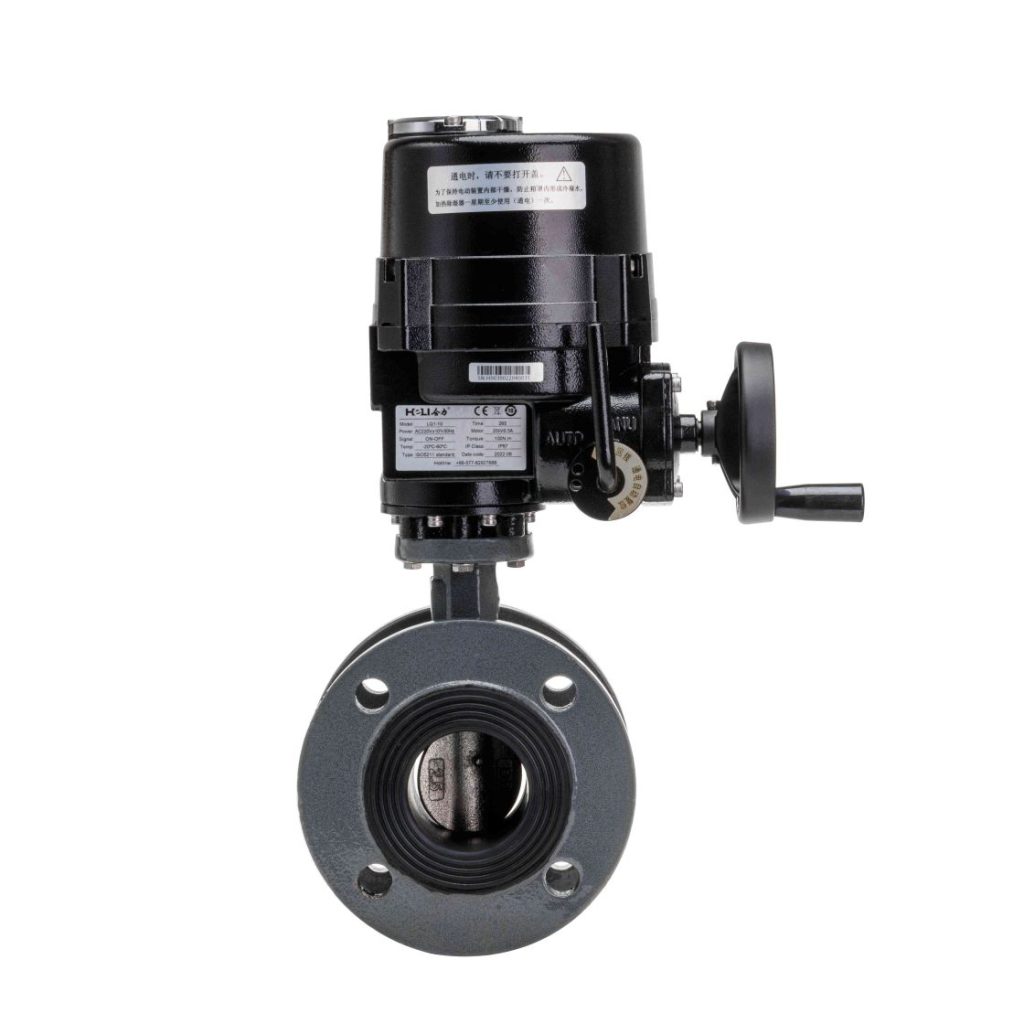The WCB Electric Flange Ball Valve is a critical component used in industrial automation systems, combining the strength and durability of WCB (cast carbon steel) material with the precision and control of electric actuators. These valves are widely used across various industries, including oil and gas, chemicals, water treatment, and HVAC (heating, ventilation, and air conditioning) systems, due to their ability to manage fluid flow efficiently while ensuring system integrity and safety.

1. Material and Structure: Key to Durability

The primary feature of the WCB Electric Flange Ball Valve is its robust construction. The valve body is made from WCB cast steel, a material known for its high tensile strength and resistance to wear and tear, making it ideal for high-pressure and high-temperature environments. The ball, which is the core part of the valve that regulates flow, is typically made from stainless steel such as SS304 or SS316. These materials ensure that the valve can withstand harsh chemical environments and provide excellent sealing performance. The seal materials used in these valves, often PTFE (Polytetrafluoroethylene), are highly resistant to chemical corrosion, further enhancing their suitability for industrial applications. The PTFE seals create a tight and reliable seal, reducing the risk of leakage and ensuring a longer lifespan for the valve.
